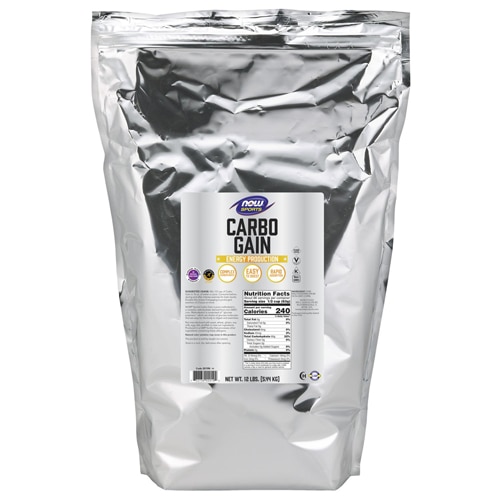It's the never-ending battle at the heart of the diet wars: Should you eat a low-fat, high-carbohydrate diet, or the reverse?
After years of fighting it out, experts with widely varying viewpoints on the subject recently reached a truce. Researchers from the Harvard T.H. Chan School of Public Health and Boston Children's Hospital found common ground, publishing their findings in Science magazine.
Their conclusion? The optimal fat-to-carbohydrate ratio varies from person to person, but as a general rule, people should eat a high-quality diet low in sugar and refined grains.
Doing so will help most people to stay trim and reduce their risk of developing chronic disease.
Why experts can’t agree
The fact that experts can't agree on the right type of diet does not surprise Carrie Dennett, a registered dietitian nutritionist based in the Pacific Northwest and owner of Nutrition By Carrie.
"Despite all the discussion about the relative impacts of low-fat and low-carb on weight and health, there is no scientific consensus," she says.
She adds that studies have shown that no single type of diet works well for all people.
“Within the low-fat group, some people do very well, and others do very poorly,” she says. “The same is true for the low-carb group.”
For that reason, you need to be flexible when finding a diet that both makes you feel good and keeps you healthy and slim, Dennett says.
"People would benefit from letting go of the idea that low-fat or low-carb is unequivocally the right diet, or that it’s the magic diet," she says.
A better approach to diet
Dennett recommends one approach to building a better diet. Each time you sit down to a meal, imagine your plate divided into four sections. Fill the plate as follows:
- One-half with vegetables
- One-quarter with protein
- One-quarter with carbohydrate
The portion made up of protein will include foods such meat, poultry, eggs, dairy, and fish or seafood.
“It’s good to also include an additional source of healthy fat, unless someone has a specific reason for eating a low-fat diet,” Dennett says.
The carbohydrate section should be made up of fruit. “I count fruit as a carb, simply because it has more natural sugar than vegetables,” Dennett says.
The rest of the plate can be made up of vegetables, which share a lot of vitamins, minerals and phytonutrients with fruit, but don’t have as much natural sugar.
The best sources of carbohydrates and fats
Not all carbohydrates and fats are created equal. Choosing the right types can have a positive impact on your long-term health.
Whole grains are a healthful source of carbohydrates, Dennett says. She recommends “intact” carbs such as cooked brown rice and quinoa, with 100 percent whole-grain bread, pasta and tortillas also being good options.
For vegetables, look to starchy options such as winter squash, sweet potatoes and regular potatoes. As noted above, Dennett recommends filling half your plate with vegetables.
“It just takes a lot of vegetables to get a moderate amount of carbs -- especially with salads and other raw vegetables -- because of the high fiber and water content,” Dennett says.
The best types of fats are omega-3 fats from fish and seafood, Dennett says. Experts recommend eating two fish-based meals per week, because doing so helps us get “really valuable” omega-3s, such as docosahexaenoic acid (DHA) and eicosapentaenoic acid (EPA), she says.
“Fatty fish like salmon, lake trout, sardines and albacore tuna are highest in these heart-healthy fat,” she says. If you don’t like seafood, Dennett suggests a good source of the of the plant-based omega-3 fatty acid alpha-linolenic acid (ALA). Such sources include:
Quality extra virgin olive oil, avocados, and nuts and seeds are all rich in monounsaturated and polyunsaturated fats. Eating these types of fats is better for your health than consuming saturated and trans fats.
Whichever foods you choose, make sure you enjoy eating them, Dennett says.
“It’s also important that any dietary pattern be sustainable,” she says. “If you hate eating that way, you won’t be able to stick to it.”





